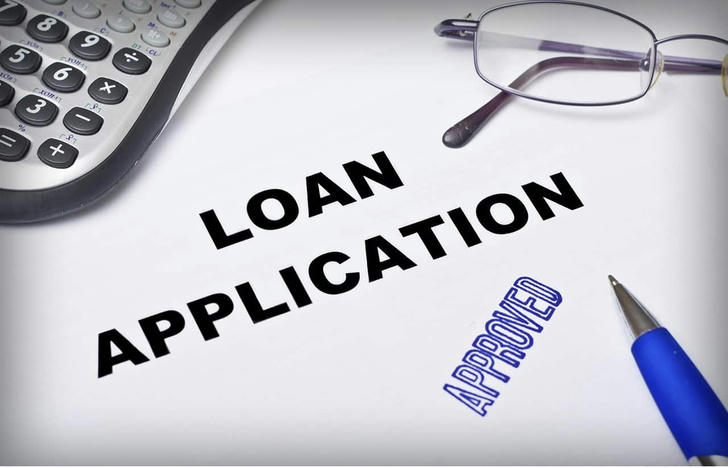A Practical Guide to Loans in Australia
Australia's financial landscape offers a wide variety of loan options to suit different personal, professional and emergency needs. But what if your loan application has been rejected? What if you are struggling with existing debt or have a poor credit history? This is a very real problem for many Australians.

This article will explain: the main types of loans available in Australia, the reasons why loan applications are rejected and, most importantly, how borrowers with bad credit, debt or financial difficulties can obtain funding legally and responsibly.
Part 1: Main Types of Loans in Australia
- Home Loans (Mortgages)
Home loans help individuals or couples buy a house or property. In Australia, banks and non-bank lenders typically offer:
Variable rate loans – where the interest rate fluctuates over time
Fixed rate loans – with a locked-in rate for a set period
Split loans – part fixed, part variable
Interest-only loans – where only the interest is paid for the first few years
- Personal Loans
Personal loans are typically unsecured (no asset needed as security), although secured options (e.g. using a car or property) exist. These loans can be used for:
Medical expenses,Debt consolidation,Weddings,Emergency costs
Loan amounts usually range from $2,000 to $50,000, with repayment terms from 1 to 7 years.
- Payday and Short-Term Loans
These are small loans (up to $2,000) with high fees, often used in emergencies. They’re accessible to people with low income or bad credit, but can lead to a debt spiral due to high repayment obligations.
Part 2: Why Do Australians Get Rejected for Loans?
Loan rejections are common, especially among:
Young adults,Casual or gig workers,Those with defaults or missed payments on their credit report,
Typical reasons for rejection:
Low or unstable income
High existing debts
Poor or limited credit history
Too many recent credit applications
Defaults, court judgments, or bankruptcies on record
Unfortunately, some borrowers are rejected without understanding why, especially when lenders use automated credit scoring.
Part 3: How to Get Approved for a Loan with Bad Credit or Debt
✅ Know Your Credit Score and Report
You can check your credit score in Australia through:
Understand what’s on your report—late payments, defaults, credit card overuse, etc.—so you can dispute errors or prepare explanations for lenders.
✅ Consider Non-Bank or Specialist Lenders
While big banks tend to reject risky borrowers, non-bank lenders or specialist credit providers cater to:
Low-income earners
Self-employed borrowers
People with past defaults
New immigrants
Part-time or casual workers
✅Examples of lenders known for more flexible criteria:
Wisr、Plenti、MoneyMe、Pepper Money、Liberty Financial
These lenders may charge slightly higher interest, but offer approvals based on real-life affordability, not just credit scores.
✅ Start With a Small Loan or Credit Builder
If your credit score is very low, consider starting with:
A credit builder loan (some online lenders offer these)
A low-limit secured credit card
A buy-now-pay-later service like Zip or Afterpay, used responsibly
These tools, when paid on time, gradually build your creditworthiness.
✅ Work With a Loan Broker
Finance brokers understand the policies of different lenders and can match you with the ones most likely to approve your application—even if you’ve been declined elsewhere.
Some brokers specialise in bad credit or self-employed borrowers, and their guidance can prevent unnecessary credit inquiries.
Conclusion: Access Is Possible—With Strategy and Support
Having bad credit or previous loan rejections doesn’t mean your financial future is closed off. In Australia, many legitimate paths still exist to help people rebuild their credit and access the loans they need—whether for a home, a car, a small business, or an emergency.
The key is to understand your options, work with the right lenders or brokers, and take small steps to improve your financial profile. Responsible borrowing, even on a small scale, can lead to greater credit opportunities down the track.
